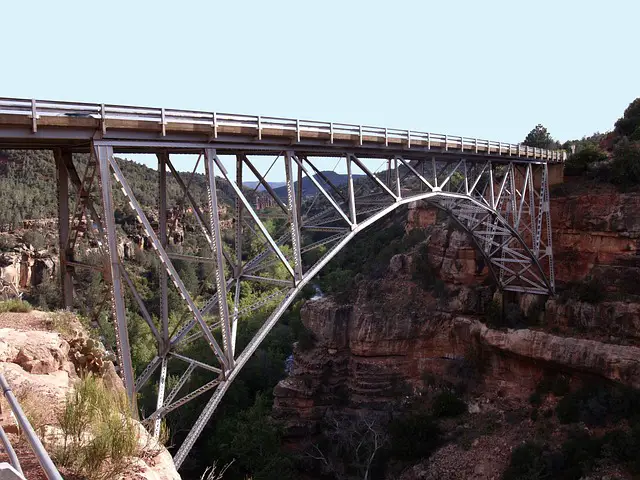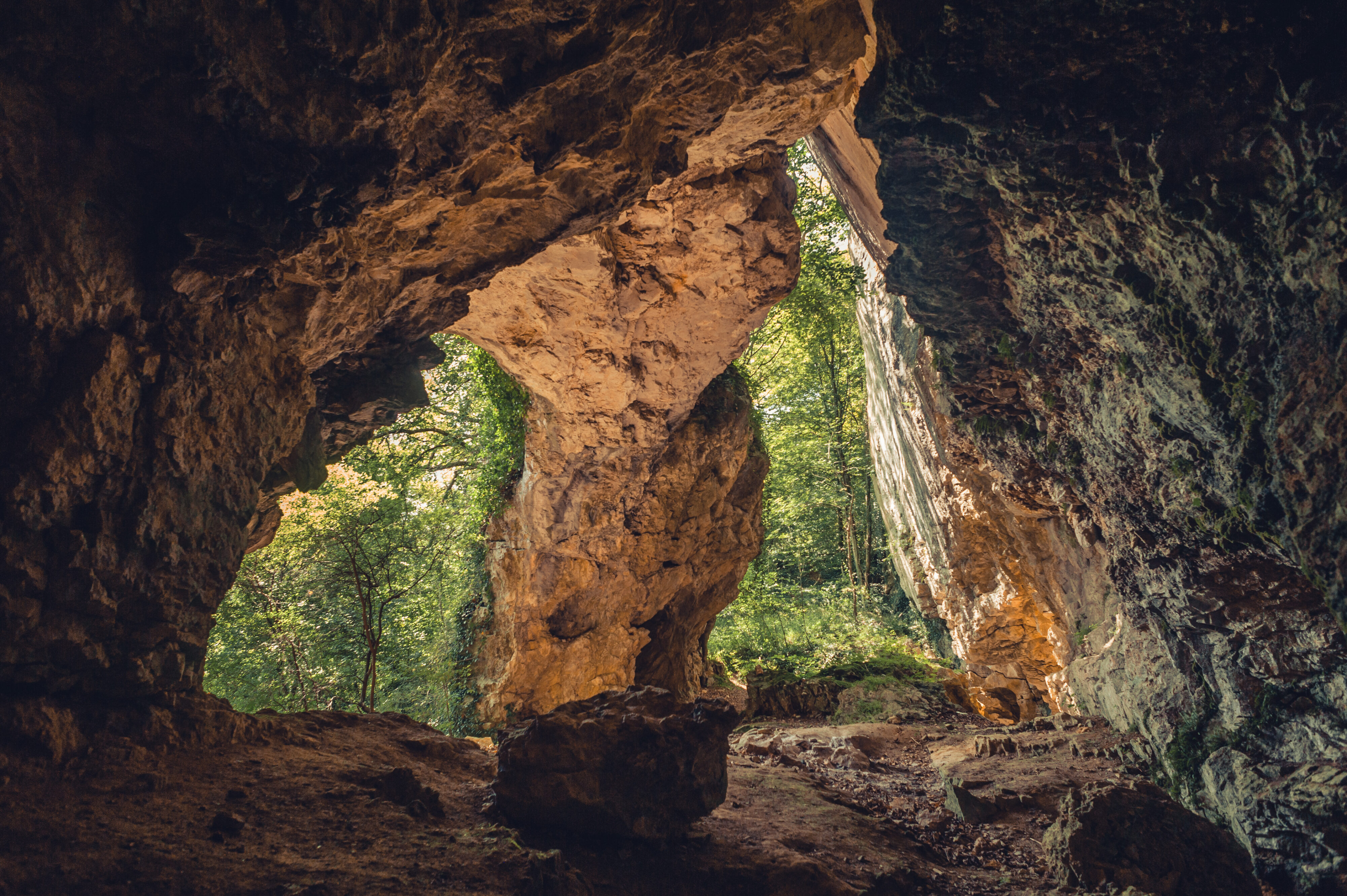Underground exploration has always fascinated mankind, offering a unique sense of adventure and discovery. Two of the most popular forms of this exploration are spelunking and caving. But what exactly is the difference between these two terms? Are they just two names for the same activity or do they represent entirely different pursuits?
What is Spelunking?
Spelunking originates from the Latin word ‘spelunca’, which means cave. Introduced in the late 1940s, the term “spelunking” was used to describe the recreational activity of exploring caves for fun.
Spelunking: An Adventure Sport
Spelunking is often considered the more adventurous, thrill-seeking aspect of cave exploration. This recreational pursuit often involves climbing, crawling, swimming, and sometimes even diving. The thrill of spelunking comes from the unpredictable nature of caves. One minute you might be walking through an eerily quiet cavern, and the next you might be squeezing through a narrow tunnel or rappelling down a dark chasm.
What is Caving?
Caving, on the other hand, is a term commonly used by the scientific community. This form of exploration is more focused on the scientific aspects such as studying the geology, hydrology, and biology of caves.
Caving: A Scientific Expedition
Unlike spelunkers, cavers prefer to move slowly and methodically through the cave to avoid disturbances to the environment. They carefully document and map the cave, collect and analyze samples, and study the cave’s ecosystem. The intent is more about understanding the natural world and less about the thrill of the adventure.
Spelunking vs Caving: How Different Are They?
While both spelunking and caving involve the exploration of caves, their intentions, approach, and attitudes are what distinguish them.
Approach and Attitude
The primary difference lies in the attitude and approach towards the activity. Spelunkers are often thrill-seekers looking for an adrenaline rush, while cavers are more akin to scientists seeking knowledge about the cave environment.
Equipment and Training
Another crucial difference is the level of equipment and training required. Spelunking often requires minimal technical knowledge, a basic understanding of safety, and some physical fitness. Cavers, however, require extensive training, technical knowledge, and specialized equipment. This is because caving exits can be challenging to locate or reach and may require climbing, rappelling, or even diving skills.
Impact on the Environment
Additionally, the impact on the environment is another distinct difference. Spelunkers, due to their more adventurous approach, might inadvertently damage caves. Cavers, however, follow strict principles of cave conservation, carefully avoiding any actions that might harm the cave environment.
So, Are You a Spelunker or a Caver?
Ultimately, the choice between spelunking vs caving depends on your preference. Do you seek the thrill, the physical challenge, the adrenaline rush of an unpredictable adventure? Or are you fascinated by the science, drawn by the desire to study and understand the unique, underground environment?
Both spelunking and caving offer valuable and enriching experiences. While their methods and motives differ, both share a profound appreciation for the breathtaking beauty and intricate complexity of nature’s underground wonders. So, are you ready to go underground and begin your exploration?




